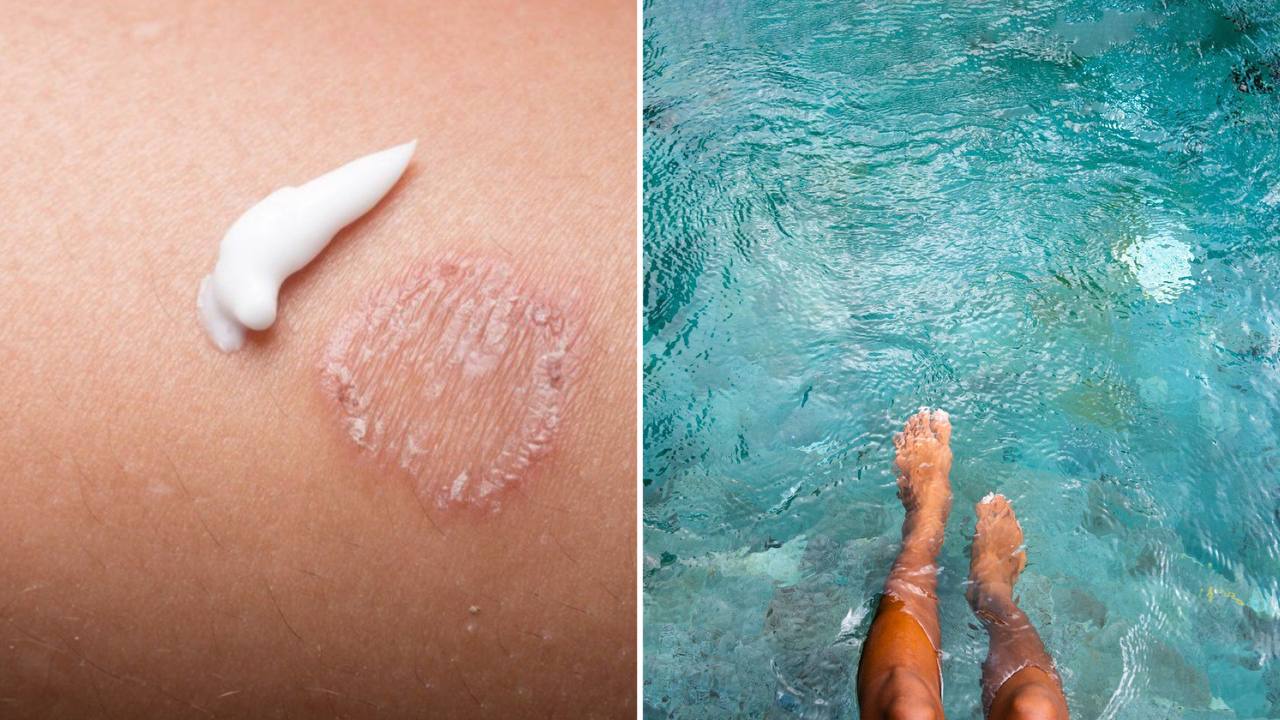Can you swim if you have a yeast infection? It is alright to swim if you have a vaginal yeast infection, but take some precautions. Yeast infections are not transmitted from one person to another, so there is no risk of passing it on to another. Swimming pool environments, being damp, tend to exacerbate symptoms and extend the infection. You might consider not swimming until the infection has cleared up to prevent discomfort and complications.
Swimming and vaginal yeast infections
Will swimming aggravate a yeast infection?
Swimming can aggravate a yeast infection due to some reasons.
Moisture: Yeast thrives in warm and wet conditions, and therefore swimming pools, hot tubs, and other sites of water become ideal breeding grounds for yeast infection. The long-term exposure to water can increase the moisture level surrounding the vagina, creating a favorable condition for the growth and proliferation of yeast. Even having on a wet swimsuit for an extended duration can contribute to yeast infections by offering moisture and warmth, which stimulate yeast growth.
Chemicals: The chemicals used in the swimming pool, such as chlorine, have the ability to disrupt the vaginal pH that naturally exists. When this pH balance is disrupted, yeast overgrowth and aggravation of symptoms occur in a yeast infection.
Contamination: Public swimming pools and hot tubs can be contaminated with bacteria and other microorganisms that may have the capability to further irritate the already sensitive vaginal area, leading to a vaginal infection. These contaminants may have the capability to exacerbate the condition of a yeast infection and prolong the recovery time.
Factors to consider before swimming with a yeast infection
Before deciding to swim with a yeast infection, one should consider the following factors:
Severity of the symptoms: In case the symptom of the yeast infection is severe, it is advisable not to swim until the infection is over and the symptoms have stopped. Swimming can irritate the inflammation and pain caused by a yeast infection.
Personal comfort: Each individual’s tolerance for discomfort may vary. Some people may find swimming with a yeast infection to be too uncomfortable, while others may not experience any significant discomfort. It is essential to listen to your body and make a decision based on your personal comfort level.
Hygiene practices: Proper hygiene practices are essential when swimming with a yeast infection. One must change rapidly out of wet swimsuits, shower after swimming, and refrain from using scented soaps or harsh cleaners that could further irritate the vagina. Proper hygiene practices are essential when swimming with a yeast infection to maintain healthy vaginal flora and prevent further irritation.
Consult a medical practitioner: In any case where it is doubtful whether one can swim with a yeast infection, it is advisable to consult a medical practitioner. They are able to provide tailored advice based on the severity of the infection as well as the individual’s circumstances to ensure vaginal well-being in general.
Remember, prevention is best when it comes to yeast infections. Proper hygiene should be observed, cotton underwear worn, and constant exposure to wet conditions avoided to avoid contracting or worsening a yeast infection.
Precautions before swimming
Consultation with a health care professional
Before swimming with a yeast infection, which is a fungal infection caused by the overgrowth of yeast, a consultation with a healthcare provider should be sought. Certain medical conditions, such as pregnancy, obesity, diabetes, and immunocompromised states, can predispose an individual to develop yeast infections. This is especially necessary if you have worse symptoms or if this is the first time that you have a yeast infection. Your physician will provide a proper diagnosis and some proper advice on right treatment procedures. Your physician can also advise you on whether swimming is good or bad for your situation and recommend the precaution procedures or guidelines that might be necessary.
Proper practice of hygiene
It is important to maintain good hygiene practices when swimming with a yeast infection. One must ensure that one dries and washes the infected area thoroughly before getting into the water. Scented soaps, bubble baths, or products that may irritate the infection should be avoided. A clean swimsuit and changing clothes as soon as one exits the water are also recommended to prevent the growth and development of yeast.
Choosing the right swimwear
Choosing the right swimwear will minimize discomfort and avoid irritation during swimming with a yeast infection. Choose clothes that are ventilated, such as cotton or drying-out fabrics that will dry the area. Avoid tight swimsuits that trap water and will give a yeast breeding ground. Wear a lined swimsuit or carry an extra cover-up for more protection between your infection and water.
Never forget to obey these precautions in advance of your swim to cut down on inconvenience and possible complica-tions.
Tips when swimming with yeast infection
Bathing before, as well as after, swim
You need to shower both before and after taking a swim in case you are suffering from a yeast infection. Showering beforehand will wash out any potential irritants or germs on your body that will irritate the infection further. Showering after a swim cleans out any of the chlorine and other chemicals on the infected region.
Keeping away from hot tubs or public pools
To prevent the spread of yeast infection and discomfort, it is advisable to avoid public pools or hot tubs while having a yeast infection. This responds to the common question, can you swim with a yeast infection? Public pools and hot tubs contain bacteria and other microorganisms that may worsen the infection or create other problems. It is advisable to wait until the infection clears before visiting these facilities.
